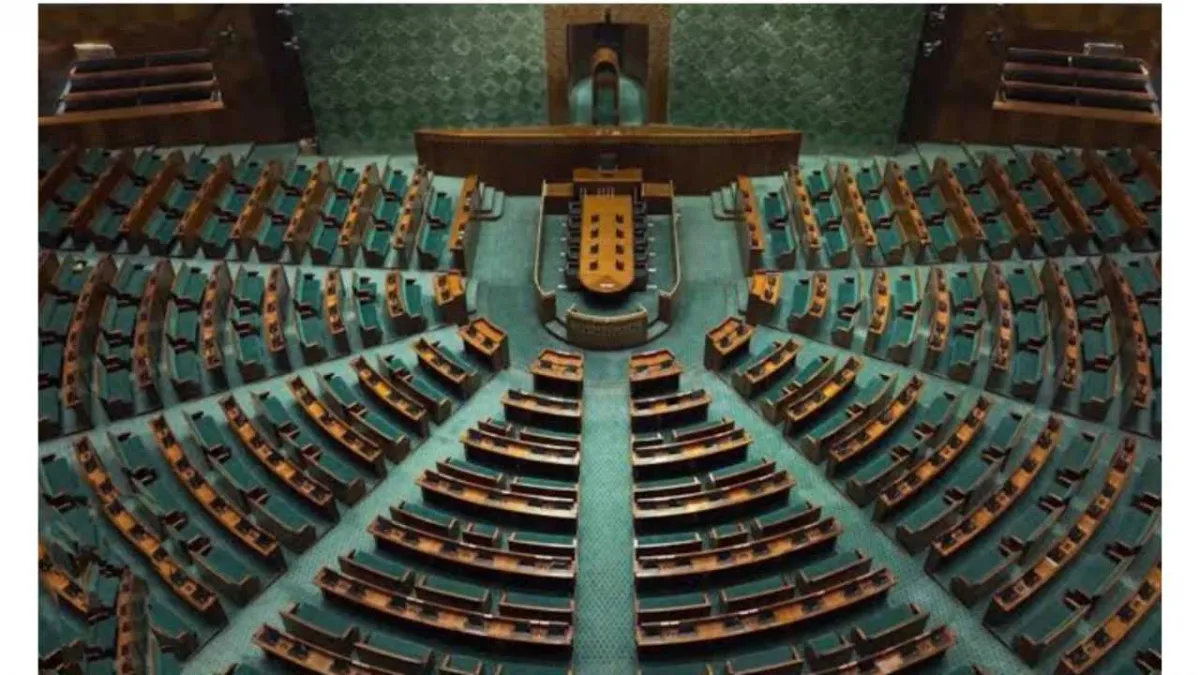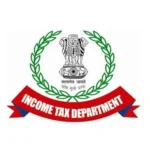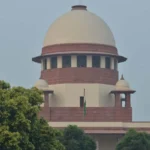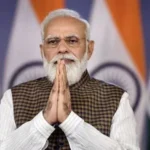New Delhi. The Monsoon Session of Parliament has been repeatedly disrupted due to protests by the opposition. Only two days of productive discussion have taken place so far, and on the 16th day, the Lok Sabha was adjourned until 2 PM amid loud protests, while similar disruptions continued in the Rajya Sabha.
Today marks the 16th day of the Monsoon Session. As soon as Question Hour began in the Lok Sabha, opposition MPs stood up from their seats, shouting slogans. Chants of “We Want Justice” filled the chamber, with some members moving into the aisle, escalating tensions.
Speaker Om Birla, seeing no end to the chaos, announced the adjournment until 2 PM. Meanwhile, in the Rajya Sabha, opposition members continued protesting on various issues, disrupting proceedings there as well.
The repeated disruptions have stalled legislative work, leaving several important bills pending discussion.
Lok Sabha
The **Lok Sabha** is the lower house of India’s bicameral Parliament and represents the people of India. Established in 1952 after the adoption of the Constitution in 1950, it is the primary legislative body, with members elected by direct public vote. The Lok Sabha plays a key role in lawmaking, financial oversight, and governance, reflecting India’s democratic system.
Rajya Sabha
The Rajya Sabha, or Council of States, is the upper house of India’s Parliament, established in 1952 under the Constitution. It represents India’s states and union territories, with members elected by state legislatures or nominated by the president for their expertise in arts, sciences, or social services. Designed to provide stability and federal balance, it plays a key role in reviewing legislation passed by the Lok Sabha (lower house).
Sansad Bhavan
Sansad Bhavan, also known as the Parliament House of India, is a historic building in New Delhi that serves as the seat of the Indian Parliament. Designed by British architects Edwin Lutyens and Herbert Baker, it was completed in 1927 during British colonial rule and originally called the Council House. The circular structure, with its iconic colonnaded verandah, symbolizes India’s democratic governance and has witnessed key moments in the nation’s political history since independence in 1947.






